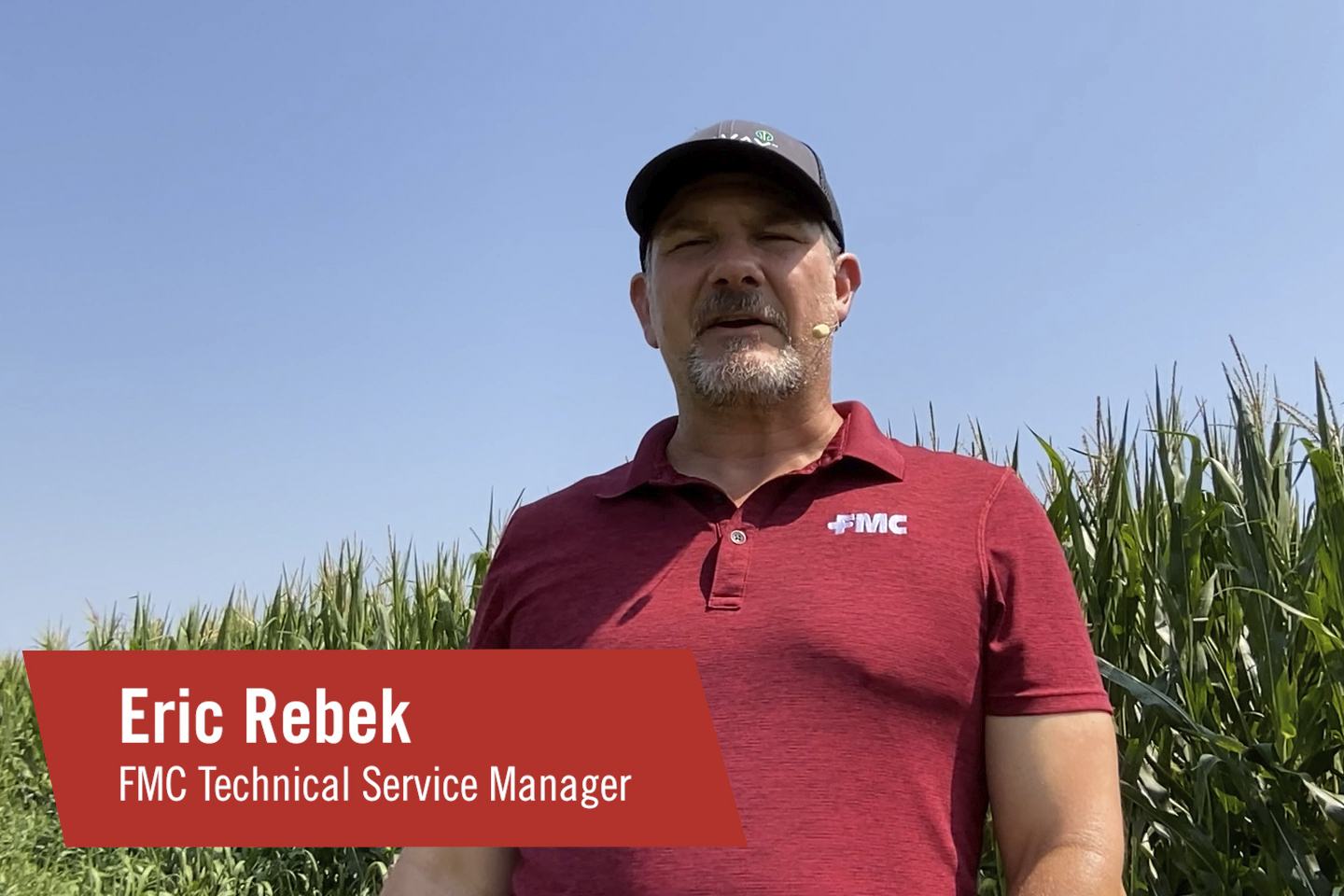Originally published May 8, 2023
croplife magazine
The corn rootworm problem is nowhere close to subsiding. Many of the challenges we face with the pest today are the result of its history of resisting management practices like Bacillus thuringiensis (Bt) hybrid corn traits, insecticides and crop rotation.
While these management techniques have played a role in reducing the impact of corn rootworm in the past, their abilities are slipping, and new solutions are needed to regain control.
The evolution of resistance
History has shown that when a new management technique is found to work effectively in the suppression of corn rootworm, there’s a tendency to overuse it to the point of failure. The result: increased corn rootworm populations with the ability to adapt. There are three particular cases of tools that, over time, have lost efficacy for this exact reason.
Insecticide resistance
Cyclodiene insecticides, with active ingredients such as chlordane, were commonly used as soil treatments for the control of western and northern corn rootworms from the late 1940s to the early 1960s. Resistance to this class of insecticides corresponds with western corn rootworms’ (WCR) eastward expansion. The majority of WCR in the Corn Belt today are still resistant to this class of insecticides decades after use was discontinued. This was the start of selection pressure that made managing corn rootworm difficult today.
Following the failure of cyclodiene, organophosphate and carbamate insecticides became the main rootworm insecticides throughout the Corn Belt. Both classes are used as soil- and foliar-applied insecticides against corn rootworm, and resistance to both active ingredients has been found. Currently, corn rootworm are not known to have resistance to soil-applied pyrethroid insecticides. When these products are applied at moderate to high rates, they reduce many, but not all, of the corn rootworm larvae. Iowa State University research documented about 70% control on average.
Rotation resistance
In my region (Wisconsin, northern Illinois and eastern Iowa), growers have found corn rootworm larval damage in corn fields that have been rotated with soybeans. This case is not uncommon among other fields in the Midwest. WCR, for example, have learned to migrate to neighboring crops, like soybeans, to lay eggs that hatch the following year when the field is rotated back to corn. In some cases, unmanaged volunteer corn in soybean fields can also be a source for WCR egg lay. Additionally, northern corn rootworm has developed diapause resistance where their eggs won’t hatch for up to two years. These reproduction adaptations have made crop rotation ineffective as a single source management tool.
Bt trait resistance
Bt traits were introduced in the early 2000s and growers quickly adopted them due to their protection from larval rootworms. Although some Bt traits have proven durable, failures of Bt corn to control WCR have rapidly increased. Today, there is resistance to all four Bt traits with many Midwestern states having WCR populations resistant to multiple traits.
This rapid development of resistance to Bt traits can be traced back to a few causes. One cause is the refuge requirements were not adequate and were much lower than what university work recommended at that time to prevent resistance. Many Bt corn hybrids share traits across companies and cross-resistance has been found, enabling WCR to quickly become resistant to multiple traits. Lastly, no Bt trait has ever completely controlled corn rootworm, leaving the strongest to survive.
Learn from the past. Prepare for the future.
While we can’t rewrite history, we can learn from it. To maintain the efficacy of current corn rootworm management techniques and reduce the risk of significant economic losses, comprehensive management approaches are necessary. Rather than stacking traits, growers need to stack management practices.
While some management techniques are failing, one biocontrol method shows potential. Two entomopathogenic nematode species applied to control alfalfa snout weevil in Cornell University research have shown to reduce corn rootworm populations. Trials demonstrated this biocontrol performance is equal to traits, exhibiting the potential to preserve traits in areas without resistance. Nationwide testing of entomopathogenic nematodes for control of corn rootworm is ongoing, and acquiring these nematodes can be challenging.
Historically, foliar insecticides were not widely recommended for adult corn rootworm due to varying levels of success. A 2020 Iowa State University research trial found certain foliar insecticides, like Steward® EC insecticide, to be successful in reducing WCR populations. It showed that Steward EC insecticide applications made the prior year reduced larval feeding in conventional corn. These effective solutions, especially when the application is properly timed, can suppress the number of eggs laid and mitigate future problems. Additionally, third party and university trials have seen reductions of various species of corn rootworm adults from 4-5 beetles per plant to 0.5 beetle per plant up to 28 days after applications of Steward EC insecticide.
When advising growers on how to select a foliar insecticide, encourage them to look at product attributes, such as:
- Insecticide modes of action that are effective in controlling WCR adults.
- A foliar insecticide the has the ability to stop adult beetles from feeding and knocks the pest back fast.
As new technologies enter the marketplace, it’s important not to rely on them as a singular approach to managing the corn rootworm problem. Successful control is only possible with an integrated approach that leverages multiple management practices. By using a mix of cultural, conventional and, in some cases, biological control, we can help growers achieve a future where the billion-dollar bug isn’t taking such a massive bite out of growers’ economic opportunities.
Always read and follow all label directions, precautions and restrictions for use. Some products may not be registered for sale or use in all states. FMC, the FMC logo and Steward are trademarks of FMC Corporation or an affiliate. ©2023 FMC Corporation. All rights reserved. 23-FMC-1035 04/23



